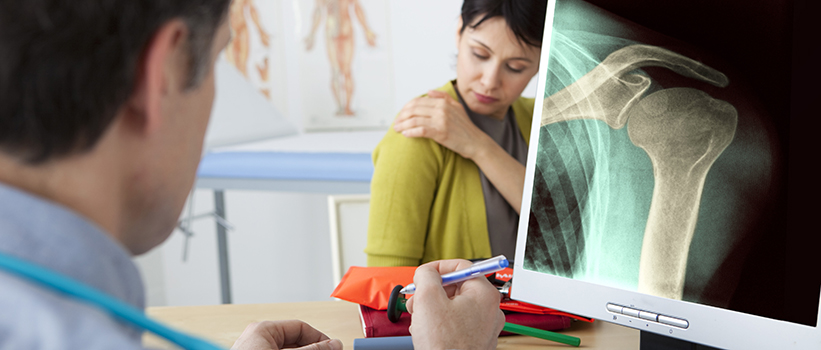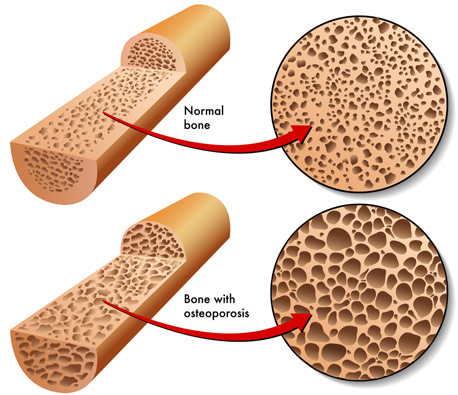Should I Have a Bone Density Test?
National Osteoporosis Foundation
MARCH 01, 2011

A bone mineral density (BMD) test is the only way to detect low bone density and diagnose osteoporosis. The lower a person's bone mineral density, the greater the risk of having a fracture.

A BMD test is used to:
- Detect low bone density before a person breaks a bone
- Predict a person's chances of breaking a bone in the future
- Confirm a diagnosis of osteoporosis when a person has already broken a bone
- Determine whether a person's bone density is increasing, decreasing or remaining stable (the same)
- Monitor a person's response to treatment
There are some reasons (called risk factors) that increase your likelihood of developing osteoporosis. The more risk factors you have, the more likely you are to get osteoporosis and broken bones. Some examples are being small and thin, older age, being female, a diet low in calcium, lack of enough vitamin D, smoking and drinking too much alcohol.
Your doctor may recommend a BMD test if you are:
- A postmenopausal woman under age 65 with one or more risk factors for osteoporosis
- A man age 50-70 with one or more risk factors for osteoporosis
- A woman age 65 or older, even without any risk factors
- A man age 70 or older, even without any risk factors
- A woman or man after age 50 who has broken a bone
- A woman going through menopause with certain risk factors
- A postmenopausal woman who has stopped taking estrogen therapy (ET) or hormone therapy (HT)
Other reasons your health care provider may recommend a BMD test:
- Long-term use of certain medications including steroids (for example, prednisone and cortisone), some anti-seizure medications, Depo-Provera and aromatase inhibitors (for example, anastrozole, brand name Arimidex)
- A man receiving certain treatments for prostate cancer
- A woman receiving certain treatments for breast cancer
- Overactive thyroid gland (hyperthyroidism) or taking high doses of thyroid hormone medication
- Overactive parathyroid gland (hyperparathyroidism)
- X-ray of the spine showing a fracture or bone loss
- Back pain with a possible fracture
- Significant loss of height
- Loss of sex hormones at an early age, including early menopause
- Having a disease or condition that can cause bone loss (such as rheumatoid arthritis or anorexia nervosa)
The results of the BMD test help your health care provider make recommendations about either prevention of osteoporosis or treatment of osteoporosis. When making a decision about treatment with an osteoporosis medication, your health care provider will also consider your risk factors for osteoporosis, your likelihood of having future fractures, your medical history and your current health.
NEED HELP FINDING A BIDMC DOCTOR?
Call 1-800-667-5356. Representatives are available to assist you live 8:30 a.m. - 5 p.m., Monday through Friday.
